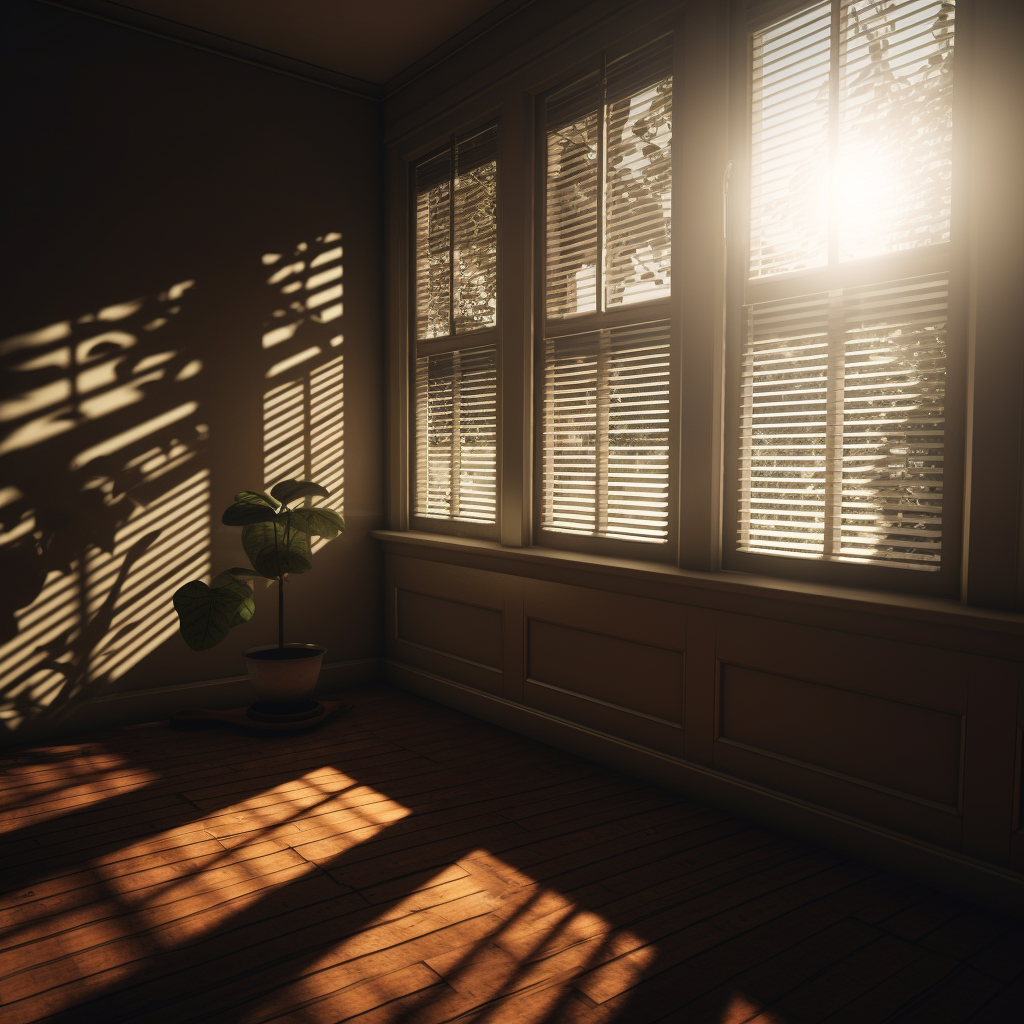Motions: Observation 02. Everything moves in predictable ways. 1973. Shadow Dances
Observation:
At three years old, I connected the sound of the wind to the changing shadows from the leaves outside. By listening, I could predict shadow positions, understanding the relationship between wind sounds, tree geometry, and shadow movement. These observations began my fascination with visual snapshots of objects in motion.
The Lesson:
The most important lesson from this story is that careful observation and curiosity about the world around us can lead to a deeper understanding and appreciation of natural phenomena.
How this is helpful:
Scientific Observation and Inquiry: The child's practice of correlating the sound of the wind with the movement of the shadows could be applied to scientific research or study, where keen observation and hypothesis-making are critical skills. This story could inspire researchers to find unique and multi-sensory ways to observe and understand natural phenomena, creating new possibilities for scientific discovery.
Education and Learning: The child's way of learning about the world through sensory exploration could be applied in educational settings, encouraging experiential and exploratory learning. It underscores the importance of hands-on, sensory-rich experiences in early childhood education to foster a deep understanding and love of learning in children.
Art and Creativity: The imagery of the dancing shadows and the sound of the wind has a poetic, artistic quality that could inspire artists, musicians, writers, or other creatives. The practice of taking inspiration from natural phenomena could be used to create art that captures the beauty and intricacy of the natural world. This story could encourage creatives to pay more attention to the world around them and incorporate their observations into their work.
Questions
Observation and Mindfulness: "How can I become more observant and mindful of my surroundings in order to understand the natural world more deeply, and what practices can I implement to enhance this skill?"
Connecting the Senses: "How do my senses interact and contribute to my understanding of the world, and can I explore more ways to connect my senses to enhance my perception and learning?"
Creativity and Imagination: "How can I use my observations and sensory experiences as a source of creativity and inspiration in my daily life, and what methods can I adopt to make these experiences more vivid and meaningful?"






